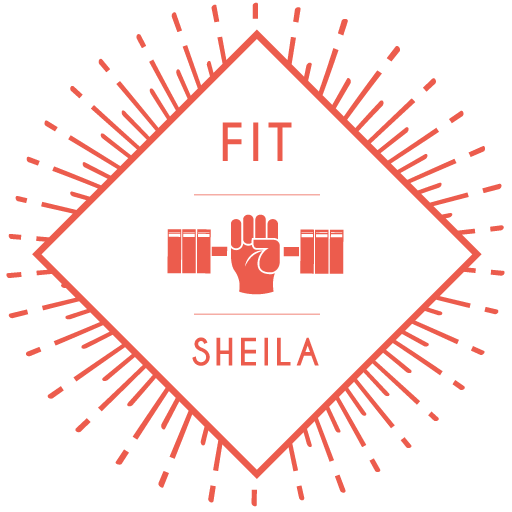Self-care is a holistic mind and body approach to creating physical and mental wellness. It requires attention in three areas: mental wellness, physical wellness, and spiritual wellness. While we often find ways to feed ourselves mentally and spiritually, the physical portion takes a back seat. Usually due to over-crammed schedules, fatigue, or most often the lack of desire to exercise.
It’s important to remember, though, that self-care doesn’t just happen with a change in one facet of your life. True self-care is embracing changes in all three core areas. And according to Psychology Today, it’s more of a mindset and process versus something that occurs spontaneously without intention and effort.
If you’re focusing on self-care and find that the physical fitness part continually gets overlooked, it’s time to figure out a way to add it to your overall plan.
Here are some scientific reasons why:
- Reduces symptoms of anxiety and depression.
- Improves muscles and bones.
- Improves inflammation in the airways to control asthma.
- Raises good cholesterol and lowers bad cholesterol.
- Reduces risk of Type II diabetes.
- Lowers risk of heart disease.
- Helps with weight loss.
- Boosts your immune system.
So now you see why you should, but how do you get started? Here are five simple steps.
- Assess Your Level Of Fitness – According to the Mayo Clinic, a good way to start a fitness routine is by taking some measurements that will help determine your body composition, your muscular fitness and your flexibility. This will help you to track your progress.
- Calculate your Body Mass Index or BMI.
- Check your pulse rate before and after walking a mile.
- Measure your hips with a tape measure.
- Check the length of time it takes you to do a routine you plan to do daily, such as walking around the block.
- See how close you are to touching your toes.
- Design A Fitness Plan That’s Multifaceted and Feasible – It’s important to switch up your routine daily, and in order to do this it’s important to understand the various ways you can get good exercise. When you’re planning your routine, be sure to pick things you like to do whether it’s dancing, swimming, hiking or yoga, and include some of each of the following.
- Aerobic Exercise – Also called cardiovascular exercise is any exercise that boosts your heart rate. Running, swimming and cycling are all activities that get you huffing and help burn fat.
- Strength or Resistance Training – Whether you’re lifting traditional weights or using your body for weights, or resistance bands for resistance, this exercise helps to build stronger muscles.
- Flexibility Training – This type of training helps to improve range of motion in your body’s joints and muscles.
Next, figure out a feasible way to fit in the exercise you find enjoyable. Many of us have schedules that feel ready to burst at the seams, so making time for yet another activity is difficult, yet not impossible. Here’s some advice: look at your weekly calendar closely to find chunks of time (10-15 minutes at a time is all you need) where you can plug in a quick, effective workout, then “pick a few days and times of the week that appear best to you and enter it as a [repeating] appointment on your schedule.”
- Get Any Equipment You’ll Need To Follow Your Plan – You’ll need to decide what part of your routine you’ll do at home versus in a gym. That’s not to say you’ll need a pricey gym membership. Good inexpensive equipment can be used at home to complete a full fitness routine.
- Get Moving – Time to get your plan started. Here are a few tips to help with your progress.
- Be consistent – Even if your schedule is busy, find time.
- Don’t overdo it – It’s important to start slow and work up. If you can only run for ten minutes, that’s okay. Work your way up and allow time to do so to stay healthy and to increase your chances of sticking with your plan.
- Listen to your body – If your body feels too sore, your dizzy, or short of breath, remember you might be overdoing it.
- Monitor Your Progress – Go back and check those measurements you took after a solid four week routine, and delight at your progress. This will help you stay motivated to continue.
Your self-care plan can’t be complete without the addition of physical fitness. Getting into a routine of working out, will also help with the other components of self-care. You’ll be improving your mental health according to science. And by adding a few friends on your walk, or hitting the gym with your neighbor, you’ll also be working on spiritual self-care too. Time to get moving!
Photo Credit: Unsplash

